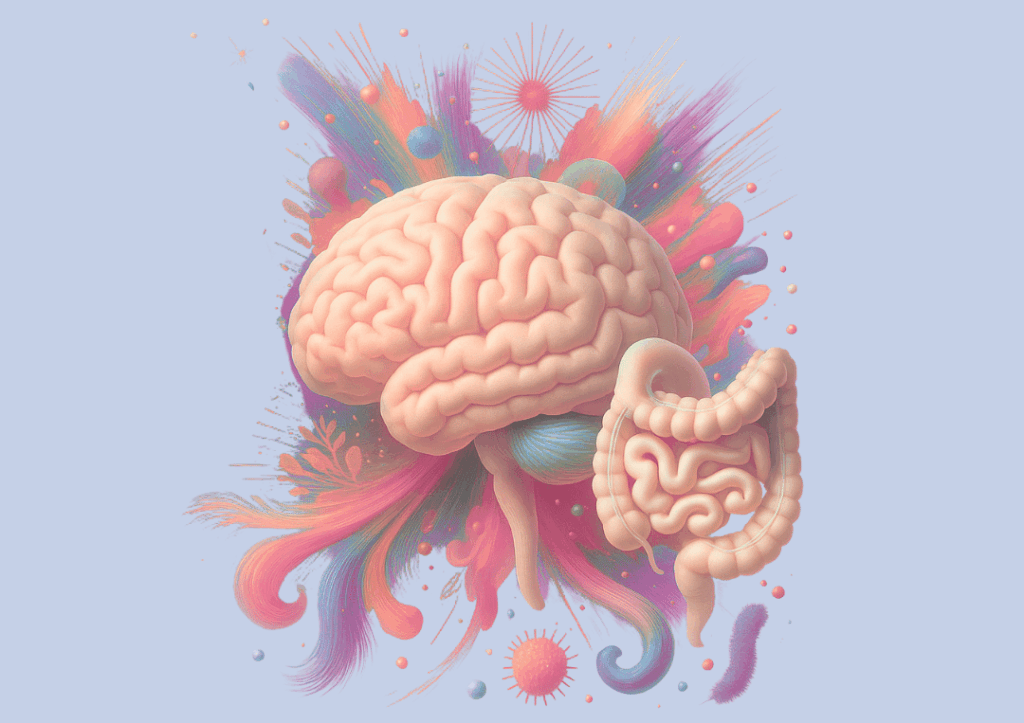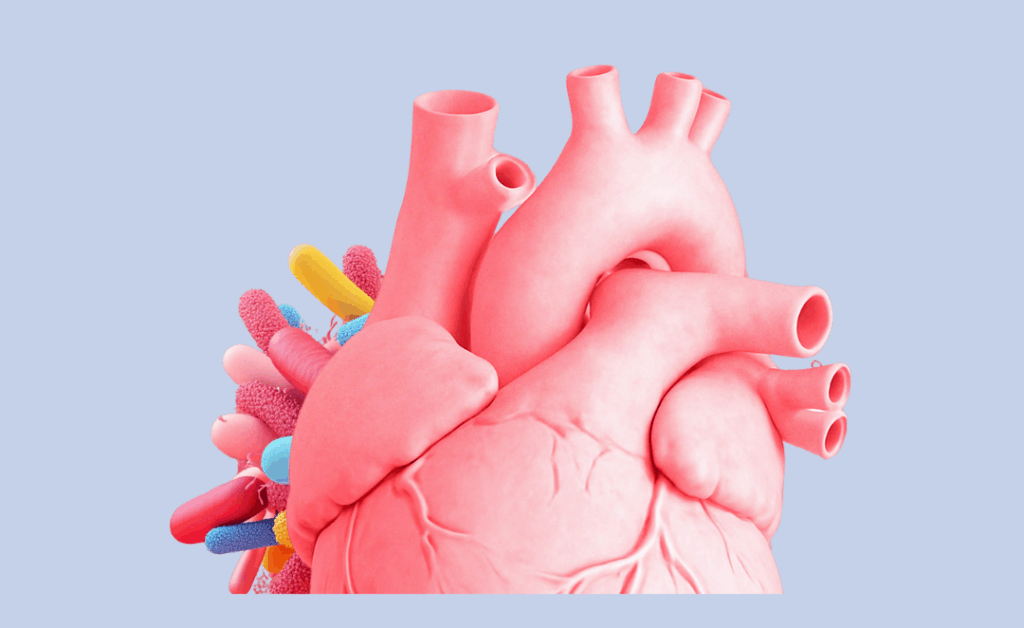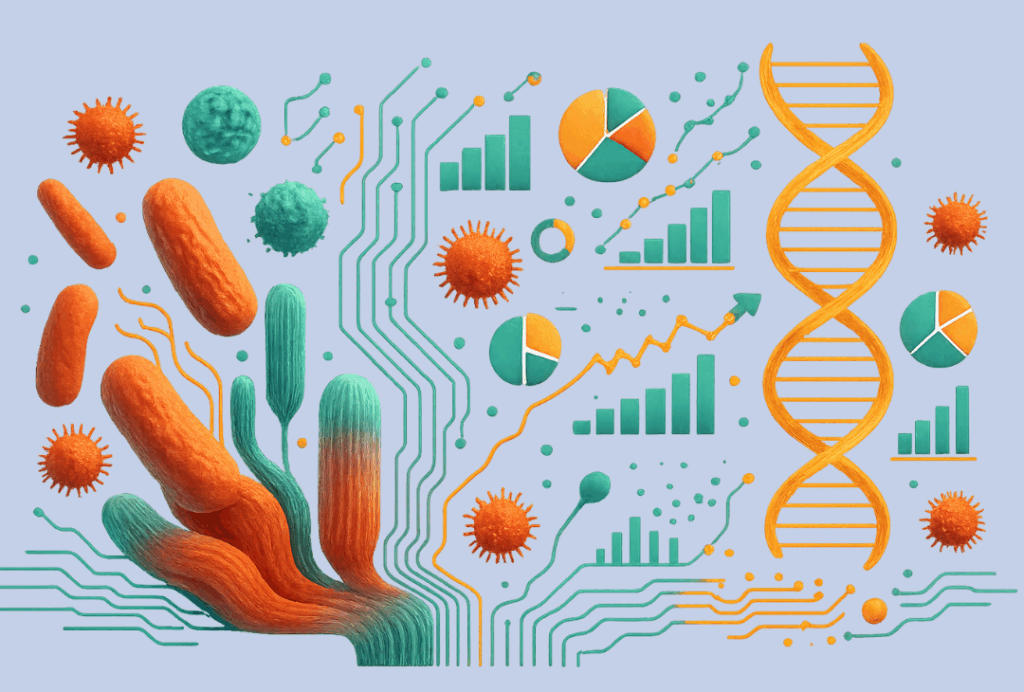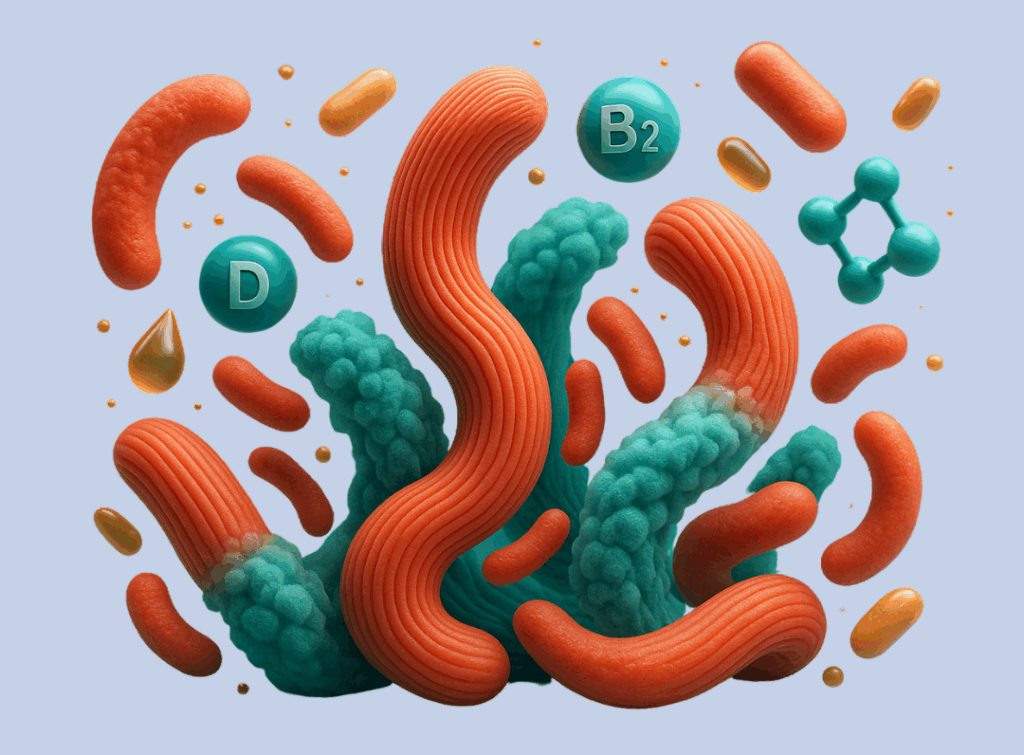The growing interest in tryptophan’s role in dietary and nutritional research is not without reason. Its significant impact on health outcomes is evident. As one of the essential amino acids derived from our diet, tryptophan plays a crucial role in protein synthesis, neurotransmitter production, and immune function. Tryptophan can be metabolized through various pathways in the body, including processing by gut microbiota. These metabolic interactions have profound implications for overall health and disease outcomes, providing deeper insights into the complex dynamics between diet and health.
Tryptophan Metabolism and Gut Microbiota
Tryptophan metabolism can also occur in the gastrointestinal tract, with gut microbiota converting about 4% ~ 6% of dietary tryptophan into indoles in the colon. Specific microbial species, such as Escherichia coli, Clostridium spp., and Bacteroides spp., convert tryptophan into indole derivatives, such as indolic acid (IA), indole-3-acetic acid (IAA), and indole-3-propionic acid (IPA). These derivatives contribute to different aspects of human health by regulating physiological processes like inflammation, metabolism, immune responses, and neurological function. These diverse microbial activities highlight the complex and interconnected roles of dietary tryptophan, gut microbiota, and human health.
Dietary Influence on Tryptophan Metabolism
Recent studies have explored how dietary components influence the production of tryptophan metabolites by gut microbiota, highlighting diet-microbiota interactions:
In a recent discovery, Sinha et al. provided significant insights into how dietary fibers influence microbial competition for tryptophan, thereby altering the balance between beneficial (ILA, IPA) and potentially harmful (indole) metabolites. By breaking down complex fibers into monosaccharides, the fiber-degrading Bacteroides thetaiotaomicron creates an environment that is more favorable for producing beneficial indole derivatives over the potentially harmful indole. This shift is facilitated through microbial cross-feeding dynamics, where indole-producing species like Escherichia coli are inhibited due to catabolite repression induced by the availability of monosaccharides.
Only last year, Huang et al. investigated the impact of high-fat and high-protein diets on tryptophan metabolism and revealed interesting results. Their study revealed distinct alterations in microbiota composition and function between the proximal and distal colon compartments in response to these dietary regimens. Notably, the high-fat diet favored fiber-degrading bacteria from Firmicutes in the proximal colon, while the high-protein diet enriched acid-sensitive Proteobacteria. These diet-induced changes influenced the capacity of gut microbiota to metabolize tryptophan into various catabolites, including serotonin (5-HT), indole-3-acetic acid (IAA), and indole.
This discovery also complements a human trial study done by Qi et al. exploring the intricate relationship between diet and tryptophan metabolism in the context of type 2 diabetes (T2D) risk. They found that dietary factors significantly shape circulating tryptophan metabolites associated with T2D risk. Higher consumption of fiber-rich foods was particularly beneficial, showing strong correlations with favorable profiles of tryptophan metabolites. Notably, fiber intake was inversely associated with indole-propionate, mediated through interactions with gut bacteria such as fiber-utilizing Firmicutes. They also discovered a gene-diet interaction involving lactase persistence, where higher milk intake among lactase non-persistent individuals correlated with increased levels of gut Bifidobacteria and serum indole-propionate.
What does it mean for future research?
Together, these studies underscore the intricate influence of dietary factors on tryptophan metabolism and its implications for human health. By elucidating the complex interactions between diet, gut microbiota, and metabolic pathways, they provide a foundation for developing targeted dietary strategies to optimize gut microbiota function and enhance overall well-being. Future research should delve deeper into the mechanisms linking dietary components with gut microbiota composition and metabolic outcomes, aiming to leverage the therapeutic potential of tryptophan and its derivatives in preventing and managing various health conditions effectively.
References:
Hou, Y., Li, J., & Ying, S. (2023). Tryptophan Metabolism and Gut Microbiota: A Novel Regulatory Axis Integrating the Microbiome, Immunity, and Cancer. Metabolites, 13(11), 1166.
Williams, Brianna B., Van Benschoten, Andrew H., Cimermancic, P., Donia, Mohamed S., Zimmermann, M., Taketani, M., Ishihara, A., Kashyap, Purna C., Fraser, James S., & Fischbach, Michael A. (2014). Discovery and Characterization of Gut Microbiota Decarboxylases that Can Produce the Neurotransmitter Tryptamine. Cell Host & Microbe, 16(4), 495–503.
Ye, X., Li, H., Anjum, K., Zhong, X., Miao, S., Zheng, G., Liu, W., & Li, L. (2022). Dual Role of Indoles Derived From Intestinal Microbiota on Human Health. Frontiers in Immunology, 13.
Sinha, A. K., Laursen, M. F., Brinck, J. E., Rybtke, M. L., Hjørne, A. P., Procházková, N., Pedersen, M., Roager, H. M., & Licht, T. R. (2024). Dietary fibre directs microbial tryptophan metabolism via metabolic interactions in the gut microbiota. Nature Microbiology.
Huang, Z., Boekhorst, J., Fogliano, V., Capuano, E., & Wells, J. M. (2023). Impact of High-Fiber or High-Protein Diet on the Capacity of Human Gut Microbiota To Produce Tryptophan Catabolites. Journal of Agricultural and Food Chemistry, 71(18), 6956–6966.









